We put the Google Pixel 8 through our rigorous DXOMARK Audio test suite to measure its performance both at recording sound using its built-in microphones, and at playing audio back through its speakers.
In this review, we will break down how it fared in a variety of tests and several common use cases.
Overview
Key audio specifications include:
- Two speakers (Top center, bottom right)
- No Jack audio output
Scoring
Sub-scores and attributes included in the calculations of the global score.
Google Pixel 8


 23rd
23rd 7th
7thPlayback
Pros
- Clear tonal balance, vocal content especially intelligible
- Good dynamics performance
- Good spatial performance
Cons
- Tonal balance lacks low midrange and low-end extension
- Timbre and dynamics (especially punch) heavily impaired by distortion at maximum volume
- Minimum volume step tuned too low
Recording
Pros
- Very natural and pleasant timbre
- Good spatial performance
- Unwanted audio artifacts well under control
Cons
- Lack of upper treble and low midrange in tonal balance
- Average volume performance
- Mono recordings with memo app
- Underwhelming audio zoom feature
With a DXOMARK Audio score of 140 the Google Pixel 8 delivered an excellent performance in our tests and is a noticeable improvement over its predecessor, the Pixel 7, from last year, especially in terms of audio playback. Its audio quality is also almost on the same level as the flagship Pixel 8 Pro.
Sound rendition was good in playback at nominal volume, but our testers observed some compression and distortion at maximum volume. The minimum and maximum volume steps could also have been tuned better. Overall playback performance was best when playing games but was almost on the same high level when listening to music or watching videos.
Recording quality was good overall, even when recording loud concerts, with pleasant timbre and good wideness of the recorded sound scene. The effectiveness of the audio zoom feature was limited, though. In our tests, best results were achieved with the front camera, but main camera recordings were very close. Due to mono recording in the recorder app, performance dropped off a bit with memo and office use.
Test summary
About DXOMARK Audio tests: For scoring and analysis in our smartphone audio reviews, DXOMARK engineers perform a variety of objective tests and undertake more than 20 hours of perceptual evaluation under controlled lab conditions.
(For more details about our Playback protocol, click here; for more details about our Recording protocol, click here.)
The following section gathers key elements of our exhaustive tests and analyses performed in DXOMARK laboratories. Detailed performance evaluations under the form of reports are available upon request. Do not hesitate to contact us.
Playback
Google Pixel 8
163
DXOMARK engineers test playback through the smartphone speakers, whose performance is evaluated in our labs and in real-life conditions, using default apps and settings.
In our playback tests, the Pixel 8 delivered a quite good timbre performance. The tonal balance was pleasant, with clear treble and an emphasis on lower treble. Our testers found midrange to lack warmth and fullness, but bass rendition was decent, with a clear focus on its upper section. We observed a significant lack of low-end extension and depth, though. Dynamics were good, thanks to a sharp and precise attack, good bass precision and punch that was good at nominal volume. This said, both attack and punch were impaired by compression at maximum volume.
The built-in speakers created a sound scene that was adequate but not particularly impressive. It was easy to locate individual sound sources within the scene, and distance rendering was accurate. Balance was centered well, and decent depth rendition allowed for the perception of distinct planes in the sound scene. Our experts found the minimum volume setting too low for listening to highly dynamic content, such as classical music. Maximum volume was loud enough, though, and the volume steps were distributed evenly. In terms of unwanted audio artifacts, at maximum volume some excessive compression was noticeable, and both timbre and dynamics were heavily impaired by distortion. On the plus side, our testers did not accidentally occlude the speakers with their hands when gaming, thanks to the speaker positioning on the device.
Listen to the tested smartphone’s playback performance in this comparison with some of its competitors:

Timbre
Google Pixel 8
158
The Timbre score represents how well a phone reproduces sound across the audible tonal range and takes into account bass, midrange, treble, tonal balance, and volume dependency. It is the most important attribute for playback.

Dynamics
Google Pixel 8
149
The Dynamics score measures the accuracy of changes in the energy level of sound sources, for example how precisely a bass note is reproduced or the impact sound from drums.



Spatial
Google Pixel 8
162
The sub-attributes for spatial tests include pinpointing a specific sound's location, its positional balance, distance, and wideness.
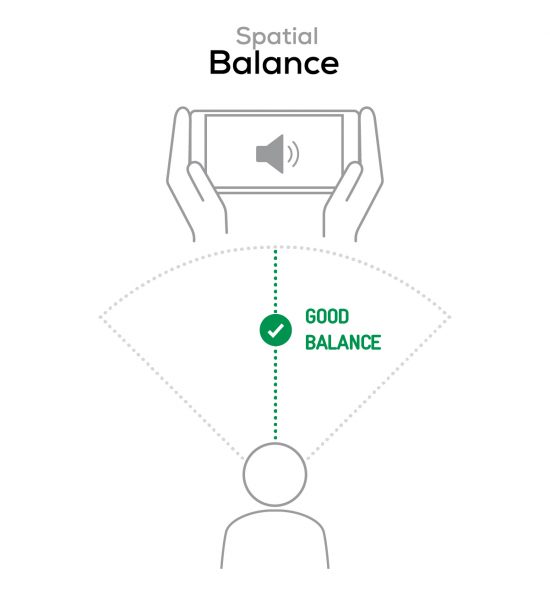
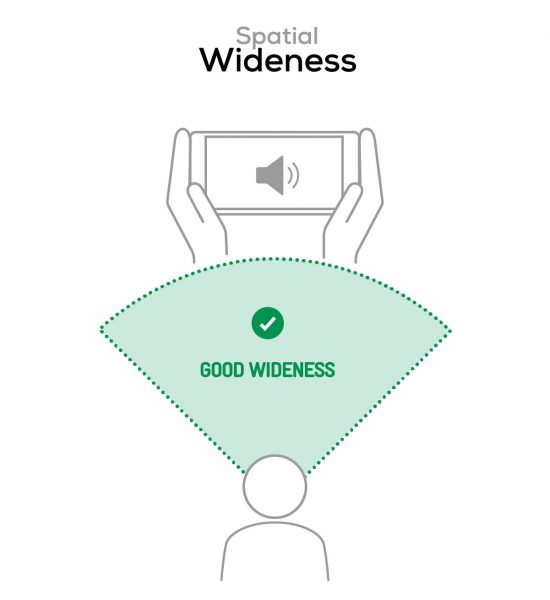

Volume
Google Pixel 8
162
The Volume score represents the overall loudness of a smartphone and how smoothly volume increases and decreases based on user input.
| Hip-Hop | Classical | |
| Google Pixel 8 | 74.8 dBA | 70.1 dBA |
| Apple iPhone 15 | 74.6 dBA | 72 dBA |
| Samsung Galaxy S23 Ultra | 74.8 dBA | 71.8 dBA |

Artifacts
Google Pixel 8
157
The Artifacts score measures the extent to which the sound is affected by various types of distortion. The higher the score, the less the disturbances in the sound are noticeable. Distortion can occur because of sound processing in the device and because of the quality of the speakers.
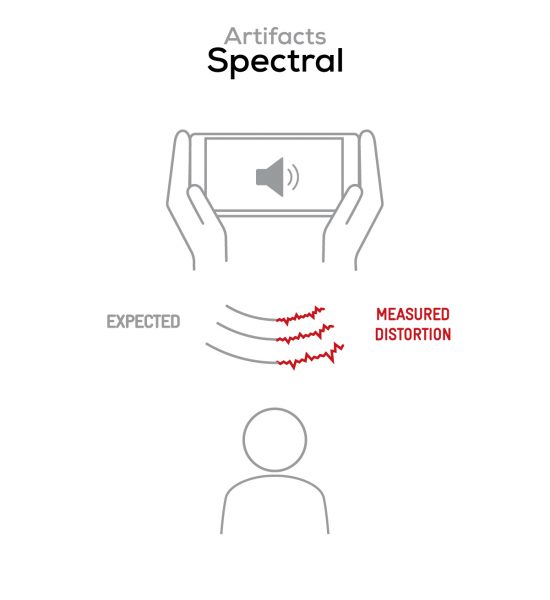
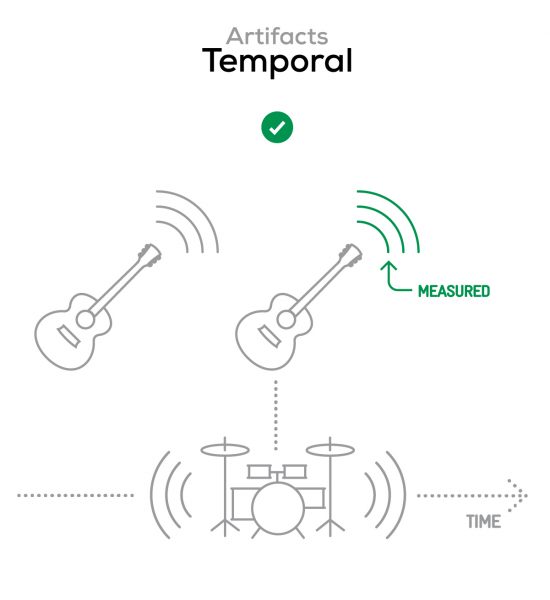
It represents the distortion and noise of the device playing our test signal (0 dB Fs, Sweep Sine in an anechoic box at 40 cm) at the device's maximum volume.
Recording
Google Pixel 8
160
DXOMARK engineers test recording by evaluating the recorded files on reference audio equipment. Those recordings are done in our labs and in real-life conditions, using default apps and settings.
Recording timbre came with a natural and pleasant tonal balance that was consistent across all test use cases. Treble rendition was natural but lacked brightness. Midrange had good clarity but lacked strength and body in its lower section, which was most noticeable on male voices. Bass rendition was overall satisfying but lacked a little strength and particularly low-end extension. The Pixel 8 did well in terms of dynamics, with an accurate and realistic envelope rendition. However, attack lacked sharpness, particularly with recordings of vocal content where plosives sounded a little flat. Signal-to-noise ratio was good across all use cases.
The microphones captured a sound scene with good wideness and good localizability of individual sound sources. Distance rendition was satisfying, even though some voices could sound a little too distant. When using the recorder app both wideness and localizability were limited by the mono recordings, however. During perceptual tests, our experts found that recordings could have been louder, despite the objective measurements showing good results. Microphones were able to capture high SPL sources with only some moderate compression, and unwanted artifacts were well under control. Microphone occlusion and finger noise were no issues in our tests, and background performance was good, free of artifacts, and with an overall pleasant timbre.
Here is how the Google Pixel 8 performs in recording use cases compared to its competitors:

Timbre
Google Pixel 8
147
The Timbre score represents how well a phone captures sounds across the audible tonal range and takes into account bass, midrange, treble, and tonal balance. It is the most important attribute for recording.

Dynamics
Google Pixel 8
146
The Dynamics score measures the accuracy of changes in the energy level of sound sources, for example how precisely a voice's plosives (the p's, t's and k's, for example) are reproduced. The score also considers the Signal-to-Noise Ratio (SNR), for example how loud the main voice is compared to the background noise.

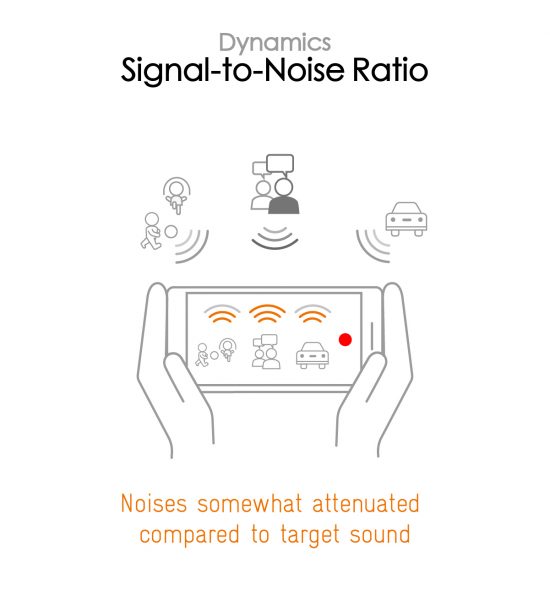

Spatial
Google Pixel 8
159
The sub-attributes for spatial tests include pinpointing a specific sound's location, its positional balance, distance, and wideness on the recorded audio files.
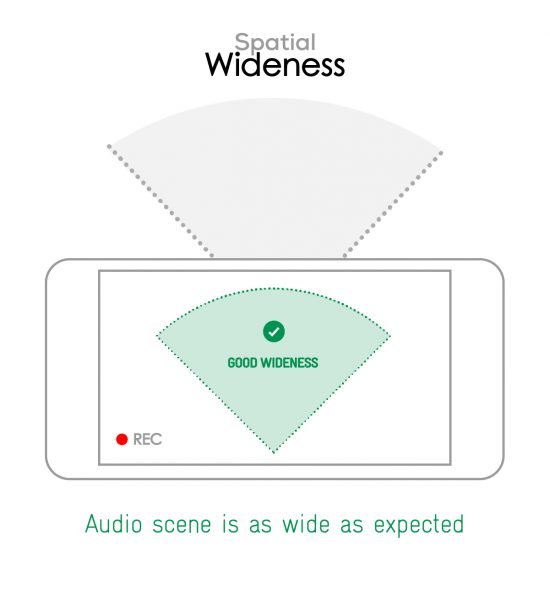
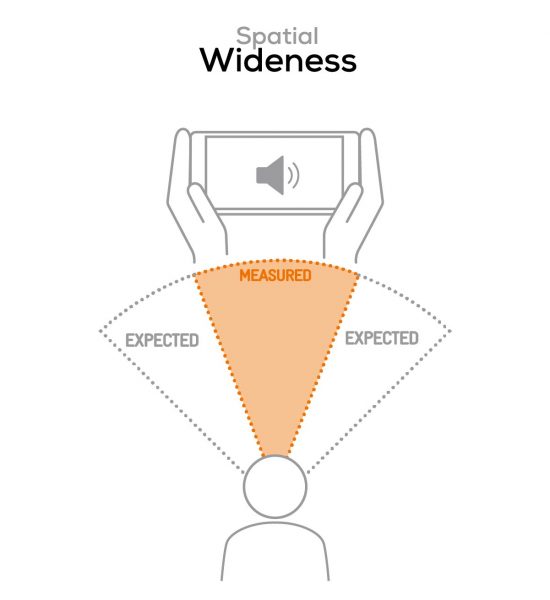

Volume
Google Pixel 8
170
The Volume score represents how loud audio is normalized on the recorded files and the how the device handles loud environments, such as electronic concerts, when recording.
| Meeting | Life Video | Selfie Video | Memo | |
| Google Pixel 8 | -26.1 LUFS | -20.8 LUFS | -18.9 LUFS | -19.9 LUFS |
| Apple iPhone 15 | -24.6 LUFS | -22.4 LUFS | -20.3 LUFS | -19.2 LUFS |
| Samsung Galaxy S23 Ultra | -26.5 LUFS | -21.8 LUFS | -22.4 LUFS | -21.6 LUFS |
The Artifacts score measures the extent to which the recorded sounds are affected by various types of distortions. The higher the score, the less the disturbances in the sound are noticeable. Distortions can occur because of sound processing in the device and the quality of the microphones, as well as user handling, such as how the phone is held.
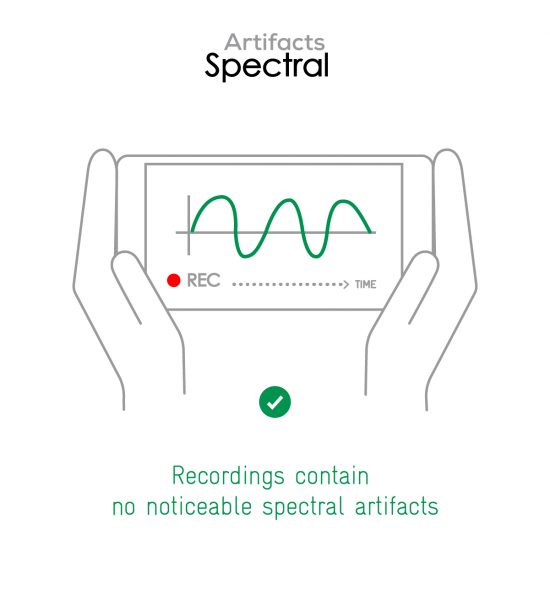
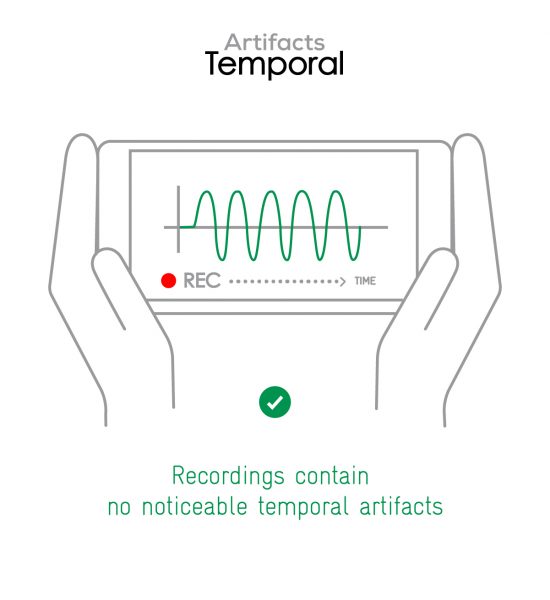
In this audio comparison, you can listen to the way this smartphone handles wind noise relative to its competitors:

Background
Google Pixel 8
166
Background evaluates how natural the various sounds around a voice blend into the video recording file. For example, when recording a speech at an event, the background should not interfere with the main voice, yet it should provide some context of the surroundings.

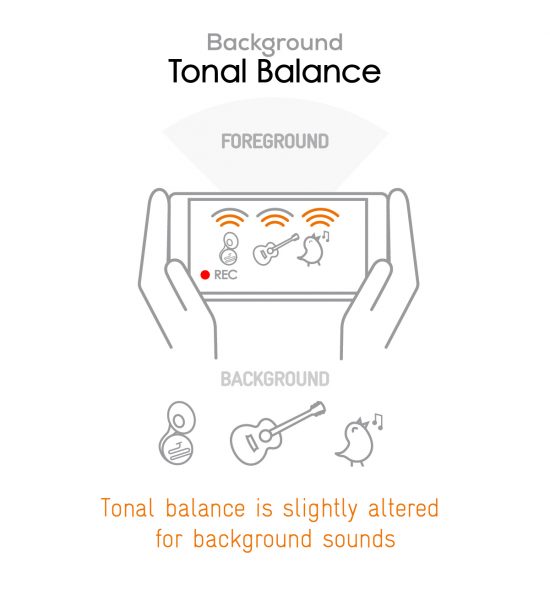



DXOMARK encourages its readers to share comments on the articles. To read or post comments, Disqus cookies are required. Change your Cookies Preferences and read more about our Comment Policy.